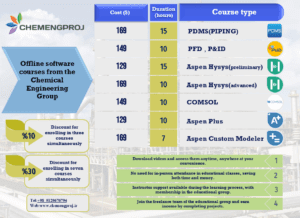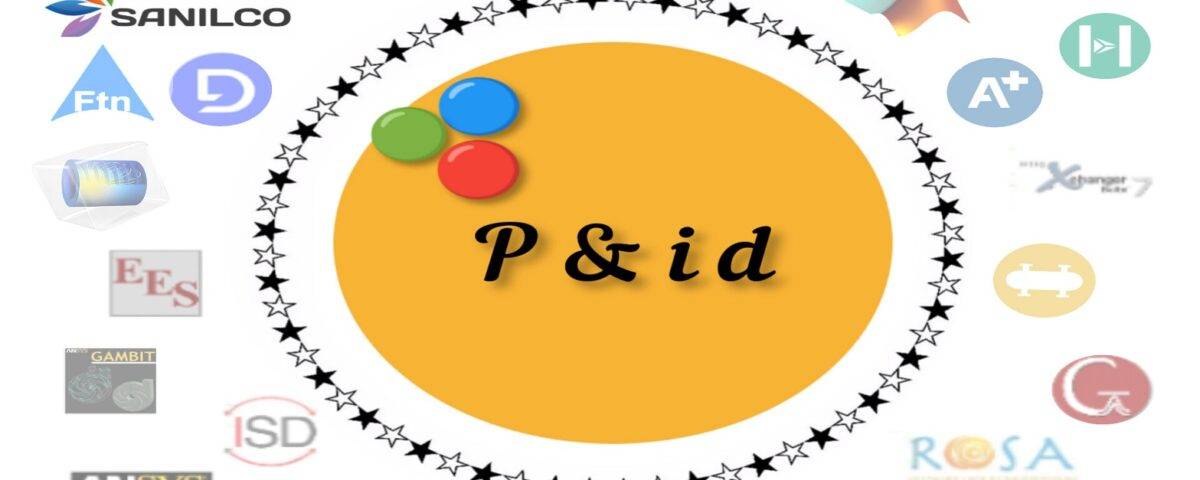
How is Aspen Plus Training?
مهر ۱۱, ۱۴۰۳
PDMS Software Training Course
مهر ۱۱, ۱۴۰۳Introduction
Reading PFD and P&ID: PFD and P&ID documents are among the most important documents in the fundamental design of a process system. The PFD document provides a schematic representation of all the desired operations in the process and contains the necessary information to start the design. With the help of the PFD, the following objectives can be achieved:
– Determining the design principles of a plant based on raw materials, products, flow rates, and operating conditions.
– Defining the objectives of the process.
– Arranging main equipment, process lines, etc.
– Identifying utility lines that are continuously used in the process.
The P&ID document, which is designed based on the PFD, is a conceptual representation of the process using graphic symbols for equipment and piping, along with symbols for measuring and control instruments in the system.
By the end of the course, participants will have the ability to read and design PFD and P&ID diagrams.
The class on reading PFD (Process Flow Diagram) and P&ID (Piping and Instrumentation Diagram) is typically conducted in the fields of chemical engineering and process industries. In these classes, you will become familiar with the following concepts:
PFD (Process Flow Diagram)
– Definition and Applications: Understanding the definitions and applications of PFD in industry.
– Main Components: Identifying the main components of a PFD, including equipment, raw materials, processes, and flows.
– Flow Trends: Learning how to draw and analyze different flow paths and the corresponding input and output points.
P&ID (Piping and Instrumentation Diagram)
– Definition and Importance: Understanding the significance of P&ID in the design and documentation of processes.
– Symbolizations: Familiarity with various symbols and notations for piping, equipment, and instrumentation.
– Relationship Between PFD and P&ID: Examining the connection between PFD and P&ID and how to use them for design and analysis.
– System Analysis: Learning how to analyze systems and identify potential issues from the diagrams.
Practical Exercises
– Working on real diagrams to enhance diagram reading skills.
– Analyzing case studies to better understand the applications of PFD and P&ID.
Ultimately, the classes on reading PFD and P&ID will help you gain a better understanding of industrial systems and chemical processes, and acquire the skills to analyze and design them.
Course List and Prices

For more information, please use the link below:

